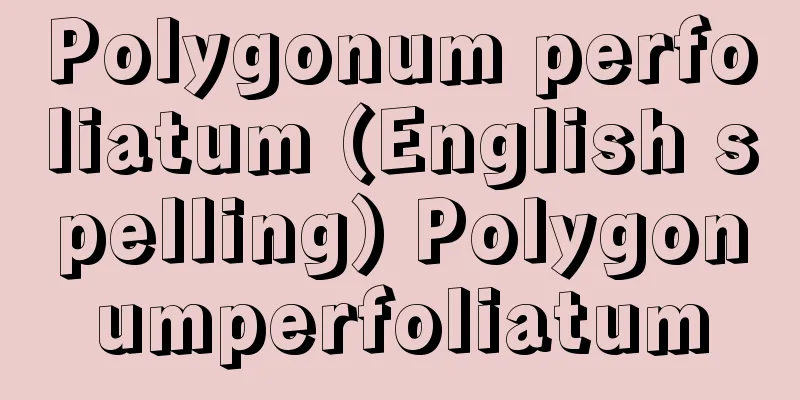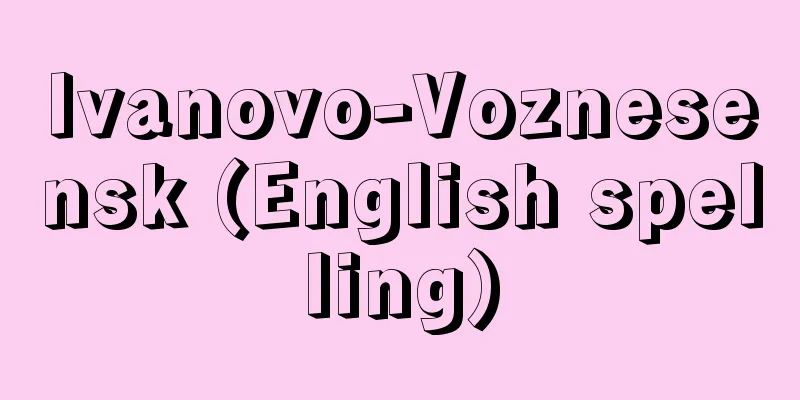Mawaki ruins

|
This site is located in Mawaki, Noto-cho, Ishikawa Prefecture, and is composed mainly of Jomon period artifacts. It is located on an alluvial lowland formed on the Toyama Bay side of the tip of the Noto Peninsula. Surveys were conducted from 1981 to 1983, and artifacts from the Jomon period to the Middle and Early Modern periods were found in the sedimentary soil 4m below the surface of the site. The Jomon artifact-bearing layer is particularly thick, and was deposited continuously from the latter part of the Early Jomon period to the end of the Late Jomon period, which not only supported the chronological research of pottery, but also revealed that this is one of the longest-term settlement sites in Japan. Since the artifacts were buried in a water-logging layer, a large amount of pottery and stone tools, as well as organic artifacts such as ropes, knitted fabrics, and wooden products, and a wide variety of animal and plant remains were well preserved. Dolphin bones in particular were found in each layer, and a total of 285 dolphins were excavated, mainly from the lowest layer of the Late Early Jomon period. Notable remains include a totem pole-like carved pillar from the end of the Early Jomon period, a large stone rod from the Middle Jomon period, and clay masks from the Later Jomon period. Unique remains include a stone hearth covered with large fragments of pottery with perforated tsuba (brim) from the Middle Jomon period, and a row of huge chestnut wooden pillars arranged in a regular pattern in a perfect circle adjacent to stone remains from the Late Jomon period. Similar examples can be found at the Chikamori site in Kanazawa City and the Terachi site in Niigata Prefecture, and there is a theory that these are facilities related to funeral rites. Source: Encyclopaedia Britannica Concise Encyclopedia About Encyclopaedia Britannica Concise Encyclopedia Information |
|
石川県能登町真脇にある,おもに縄文期の遺物よりなる遺跡。能登半島先端の富山湾側に形成された沖積低地に立地する。 1981~83年にかけて調査され,現地表下 4mの堆積土中に縄文時代から中・近世にいたる遺物の包含が確認された。なかでも縄文時代の遺物包含層は厚く,前期後葉以降,晩期末まで連続して堆積しており,土器の編年研究を裏づけたのみならず,国内有数の長期定住型の遺跡であることが明らかにされた。遺物は滞水層中に埋没していたため,多量の土器,石器のほかに縄,編物,木製品といった有機質遺物,多種多量の動植物遺体が良好に保存されていた。特にイルカの骨は各層にみられ,最下の縄文前期末層を主体に合計 285頭分が出土している。特筆すべき遺物には,縄文前期末のトーテムポール状彫刻柱,中期の大型石棒,後期の土面等がある。特異な遺構としては,縄文中期の大型有孔鍔 (つば) 付土器片を敷きつめた石組炉のほか,縄文晩期の石組遺構に接して真円上に法則性をもって配置されていたクリ材の巨大木柱列があり,金沢市のチカモリ遺跡,新潟県の寺地遺跡に類例がみられ,葬送儀礼にかかわる施設とする説もある。
出典 ブリタニカ国際大百科事典 小項目事典ブリタニカ国際大百科事典 小項目事典について 情報 |
>>: Maronites - Maron is (English spelling)
Recommend
Cocchiara, G. (English spelling) CocchiaraG
... Sicily is home to many ruins, buildings and w...
Short story - Short story
It also refers to short stories such as small tal...
Yongle County - Yongle County
…Population: 2.99 million (770,000 of which are u...
Molding frame - Iwaku
…The molding sand is prepared in advance, that is...
Gabled roof - Kirizuma-zukuri
It is an architectural style in which the roof res...
Kanji input/output device
Terminal devices for inputting and outputting 2,00...
Ebisugai (Ebisugai) - Ebisugai (English spelling) Tristichotrochus unicus
A snail shell of the family Muscidae (illustration...
MK magnet steel
A precipitation hardening magnet steel invented by...
separation anxiety
...In essence, therefore, even neurotic anxiety i...
Siberian Husky (species)
A sled dog native to Siberia. Husky is a general t...
sound radar
…It is an abbreviation of sonic radar or sound ra...
Minami Jiro
Army officer. Born in Oita Prefecture. 6th class ...
Air variable condenser
...Air, titanium oxide ceramics, and plastic film...
African golden cat (English spelling) Felis aurata; African golden cat
Carnivora, Felidae. Body length 70 cm. Short, soft...
Karawamage - Karawamage
...There are various theories about the origin of...









